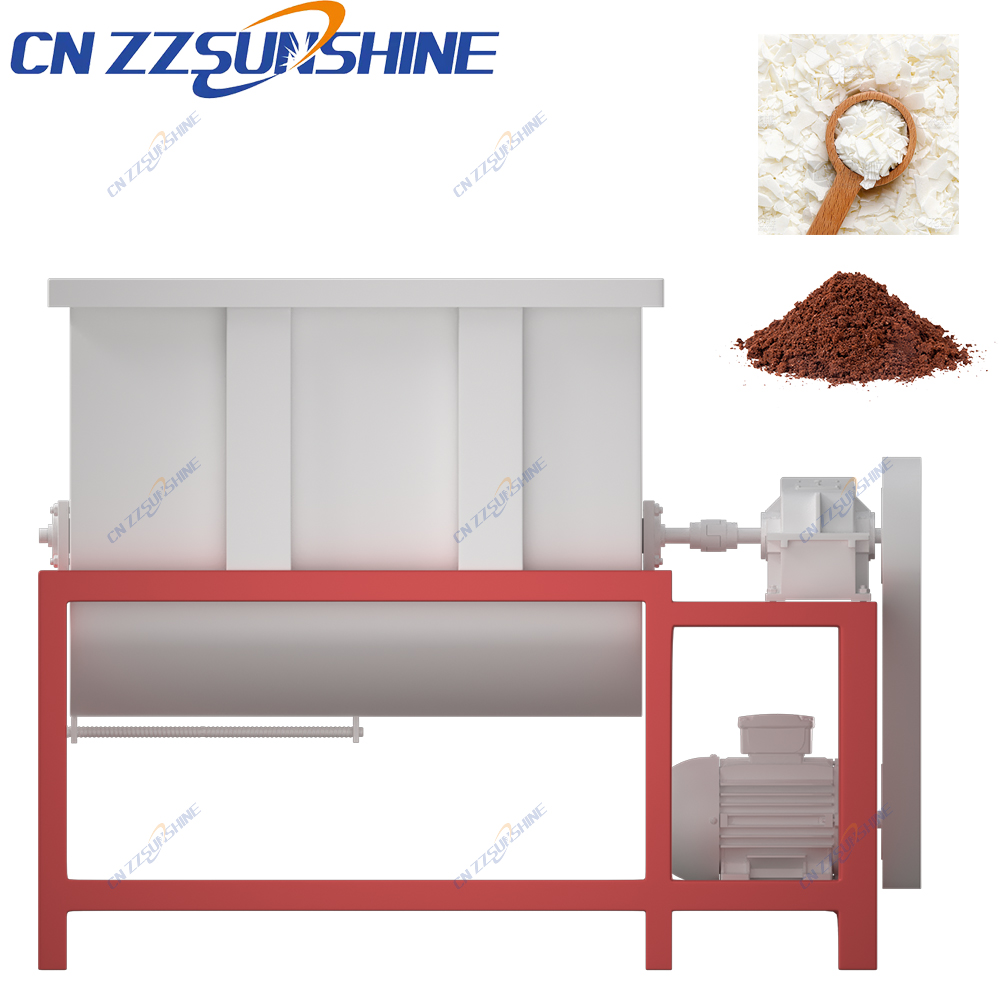Building a high-output, reliable industrial soap making production line demands precision equipment selection. The core process hinges on several critical machines working in concert, directly impacting your final bar soap quality and production efficiency. Understanding each component’s role is paramount for manufacturers aiming for consistent results and competitive advantage.
The journey begins with thorough ingredient incorporation. A robust industrial mixer for chemical processing is non-negotiable. This machine ensures homogeneous blending of fats, oils, lye, additives, and recycled soap noodles, forming the foundational soap base. Insufficient mixing leads to inconsistent saponification and quality issues downstream. Following mixing, the soap base undergoes refining and extrusion. Here, the soap plodder machine for bar soap, particularly a high-grade vacuum plodder, becomes the backbone. This equipment compresses the soap mass under vacuum, critically removing air pockets that cause cracking and voids. The result is a dense, continuous soap log with the desired texture and hardness profile essential for both laundry bar soap production lines and premium toilet soap finishing lines.
Precision cutting follows extrusion. While manual cutting exists, an automatic soap production line leverages an electric washing soap cutter or custom soap cutting machine. These units deliver uniform bar dimensions at high speeds, minimizing waste and ensuring consistent weight – crucial for packaging and consumer satisfaction. Advanced models offer programmable sizes, facilitating quick changeovers between different product lines, like transitioning from bath soap making machine outputs to laundry soap formats. The final stages involve stamping, cooling (where an industrial chiller for machinery might be employed for specific cooling tunnels), and packaging.
For manufacturers seeking efficiency, integrating an automatic soap production line offers significant benefits. Combining the industrial mixer, vacuum plodder, and electric washing soap cutter into a synchronized system minimizes manual handling, boosts throughput, and enhances product consistency. When sourcing, consider OEM partners for critical components like the three roller mill for cosmetics-grade additives or specific soap plodder configurations. Look for suppliers offering not just factory price industrial chiller units or soap making machines, but also comprehensive technical support and customization options for your unique laundry soap making line or toilet soap finishing line requirements. Investing in the right soap making machine technology, from the initial industrial mixer to the final cutter, is the definitive path to scalable, high-quality soap manufacturing.




